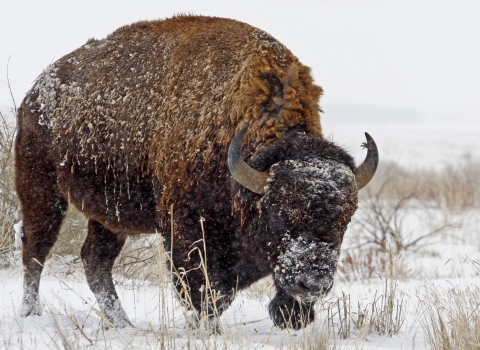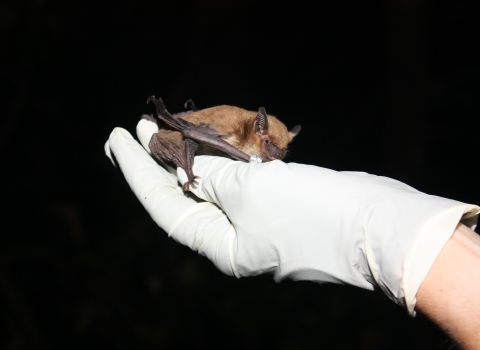Management of Biological Invasions (2020) Volume 11, Issue 3: 356–371
Citation: Jewell SD (2020) A century of injurious wildlife listing under the Lacey Act: a history. Management of Biological Invasions 11(3): 356–371, https://doi.org/10. 3391/mbi.2020.11.3.01
Abstract: In its 120-year history, the major injurious wildlife provision of the Lacey Act has remained nearly intact. The purpose of the Federal law has always been to protect the United States from the introduction of invasive and otherwise harmful species. Amendments along the way have transformed the law, sometimes narrowing and sometimes broadening. Here for the first time, the major changes to the injurious wildlife law from 1900 to the current law are compiled to provide a history that is critical to understanding how the nation’s oldest invasive species invasive species
An invasive species is any plant or animal that has spread or been introduced into a new area where they are, or could, cause harm to the environment, economy, or human, animal, or plant health. Their unwelcome presence can destroy ecosystems and cost millions of dollars.
Learn more about invasive species law has varied in its ability to prevent wildlife invasions. In 1900, under the oversight of the U.S. Department of Agriculture, the newly enacted law prohibited the importation of any foreign wild mammal or bird to protect agriculture and horticulture, with exceptions only by permit. A small designated subset of wild mammals and birds could not be imported under any circumstance, and these were the first injurious species. For almost a half century, little changed. The 1939 amendment transferred authority of injurious wildlife to the U.S. Department of the Interior, a change affecting little except the oversight. Then a 1948 amendment removed a critical clause. The deletion suddenly removed the prohibition on the importation of any wild mammal or bird, except for the designated injurious species, which were still unconditionally prohibited. In 1960, Congress expanded the injurious provisions of the Lacey Act (18 U.S.C. 42) by authorizing additional vertebrate and some invertebrate taxa that may be designated as injurious and by authorizing additional categories of interests that could be affected. Simultaneously, however, the unconditional prohibition for injurious species was replaced with a permit exception system, and the 1960 amendments have remained to this day. By presenting how the law varied over the decades, this history will allow scientists to determine the effectiveness of a law that is well into its second century.
Link to full article: A century of injurious wildlife listing under the Lacey Act: a history



